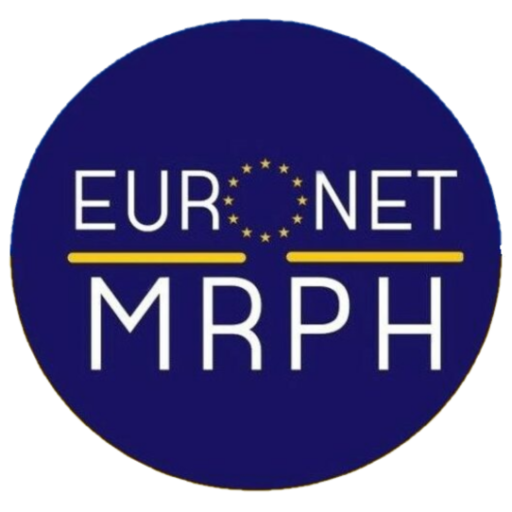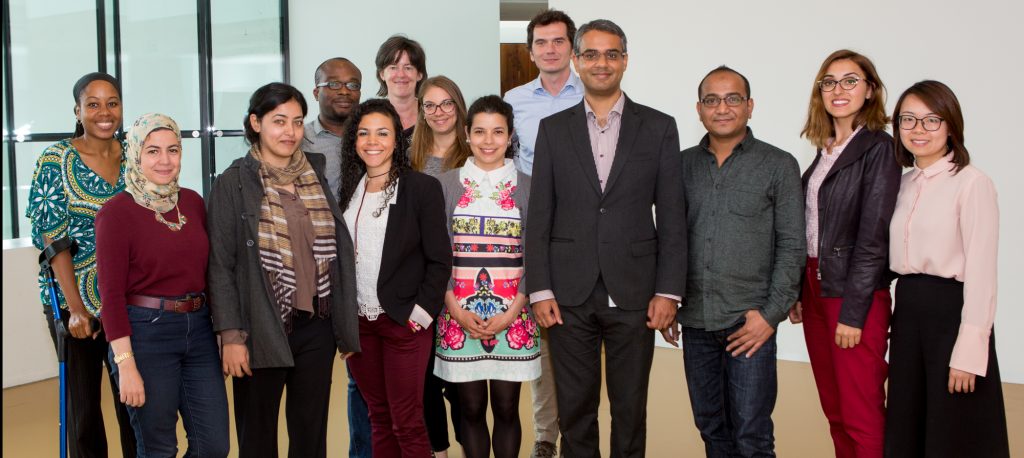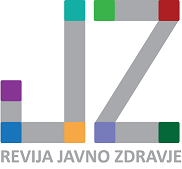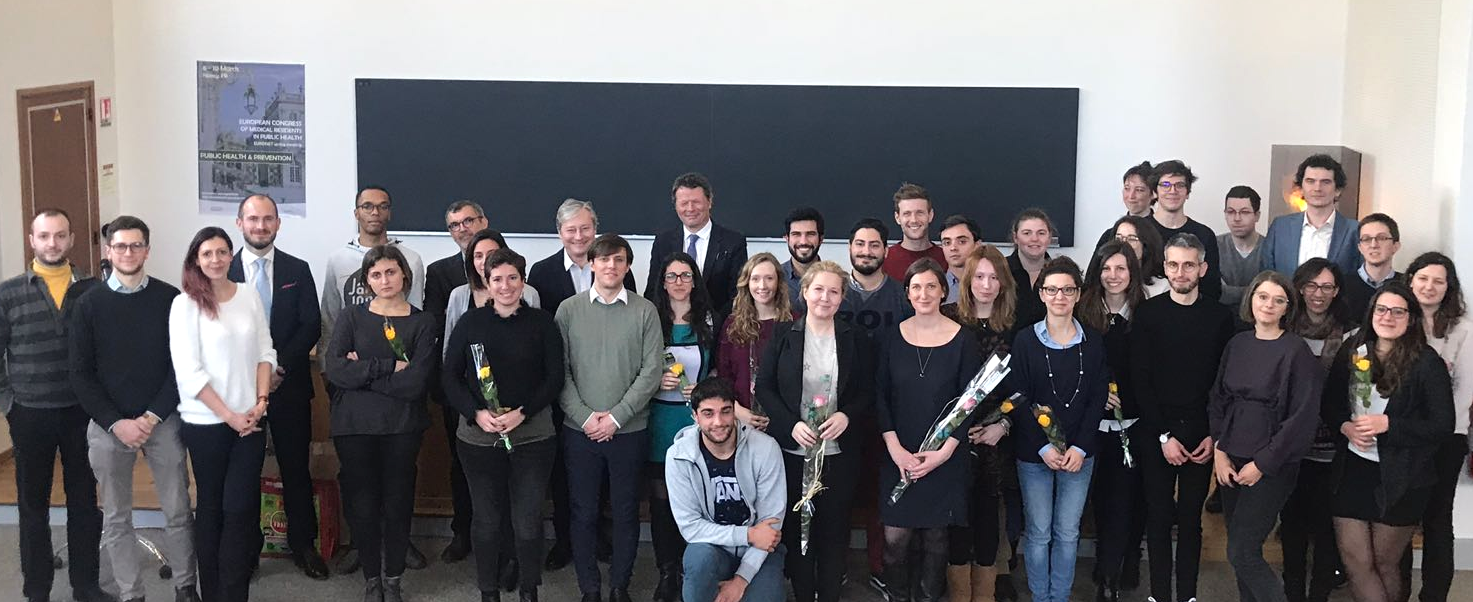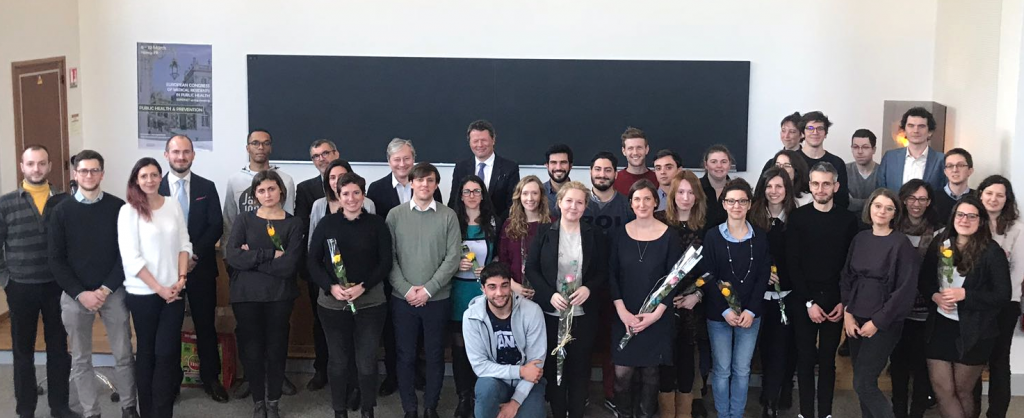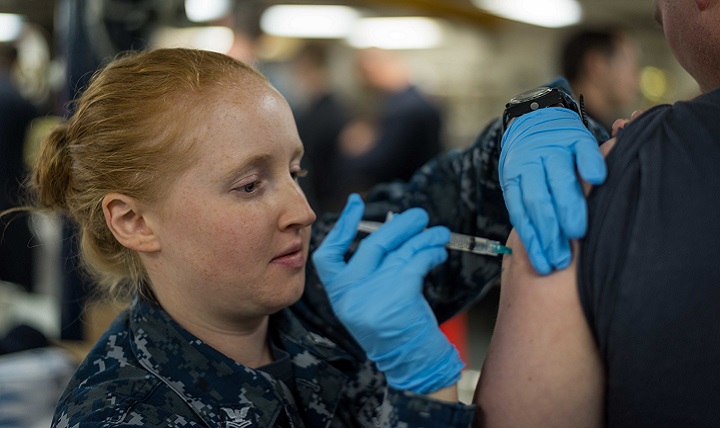
Based on the analysis of influenza virus activity in previous seasons, every year WHO launches a recommendation on the strains to be included in the trivalent and quadrivalent influenza virus vaccine (in March for the Northern Hemisphere and September for the Southern Hemisphere). The need to update this vaccine is due to phenomena of antigenic derivation of the virus that, like the previous issue, obliges the annual study of the vaccine that will present greater coverage. Based on circulating types and subtypes, this year a viral strain A (H1N1)pdm09 identical to A/Michigan/45/2015 was recommended for the trivalent vaccine; a virus strain A (H3N2) identical to A/Hong Kong/4801/2014; and a viral strain B (Victoria strain) identical to B/Brisbane/60/2008.
The quadrivalent vaccine contains the three viruses described above, and in addition another strain of virus B/Phuket/3073/2013. (1) Evaluating sentinel sites until December 2017, there was a dominance of virus B circulating in relation to type A. Of the latter, the most prevalent subtype with about 2/3 of detected cases was A (H3N2), and the remaining third H1N1 subtype. In the same surveillance period last year, type A (H3N2) virus circulated almost exclusively, with high immunity expected; however, the presence of emerging sub-strains and variants that were not covered by this year vaccine could be possible the source of suboptimal coverage. Among B viruses, type B/Yamagata was almost exclusive with 85% and the remaining 15%, type B/Victoria. For the 4th consecutive year, the trivalent influenza vaccine does not correspond to the circulating B virus subtypes, since most of the prevalent B virus strains, Yamagata, are antigenic and genetically related to B/Phuket, which is only included in the quadrivalent vaccine. In this sense, and to increase vaccination coverage of the type B virus in the coming years, ECDC advises the use of the quadrivalent vaccine. (2) (3)
Another factor to be discussed that may be among the causes of lower vaccination coverage is due to the use of eggs in vaccines production. This substrate may interact with different groups of aminoacids present and consequently, alter proteins responsible for the antibody receptors, creating minor viral amendments that may change the effectiveness of the vaccine. (4)
Influenza virus vaccine is the most effective prophylactic measure against influenza severity. Thousands of vaccines are distributed in primary health care, completely free of charge to priority groups such as population over 65 years of age, chronic and immunosuppressed patients, pregnant women, health professionals and other caregivers. During flu season and up to the first week of 2018, approximately 478,291 influenza vaccines were administered in Portugal northern health region. Along with this measure, it is also recommended to conduct respiratory etiquette and hand hygiene, as well as the use of appropriate face masks for patients diagnosed or with symptoms suggestive of influenza. (3) (5) (6)
_________________________
References
- World Health Organization. Recommended composition of influenza virus vaccines for use in the 2017- 2018 northern hemisphere influenza season. http://www.who.int. [Online] Março 2, 2017. http://www.who.int/influenza/vaccines/virus/recommendations/201703_recommendation.pdf?ua=1..
- European Centre for Disease Prevention and Control. Risk assessment for seasonal influenza, EU/EEA. Estocolmo, Estocolmo, Suécia : s.n., Dezembro 20, 2017.
- Administração Regional de Saúde do Norte, Departamento de Saúde Pública. Gripe sazonal – vigilância epidemiológica – Semana 40 de 2017 a semana de 1 de 2018. ARS Norte. [Online] Outubro-Janeiro 2017-2018. www.arsnorte.min-saude.pt.
- Paules, Catharine I, et al. Chasing Seasonal Influenza — The Need for a Universal Influenza Vaccine. N Negl J Med. DOI: 10.1056/NEJMp1714916, 2018, Vols. 378:7-9.
- Centro Emergências de Saúde Pública. RONDA número 2. Lisboa : Direção Geral da Saúde, 2018.
- Direção Geral da Saúde. Vacinação contra a gripe – Época 2017/2018. Lisboa : s.n., Setembro 26, 2017. Orientação nº 018/2017 de 26/09/2017.
_________________________
Mariana Perez Duque
Public Health Resident
West Porto Public Health Unit, Portugal
(As published in EuroNews #13)
